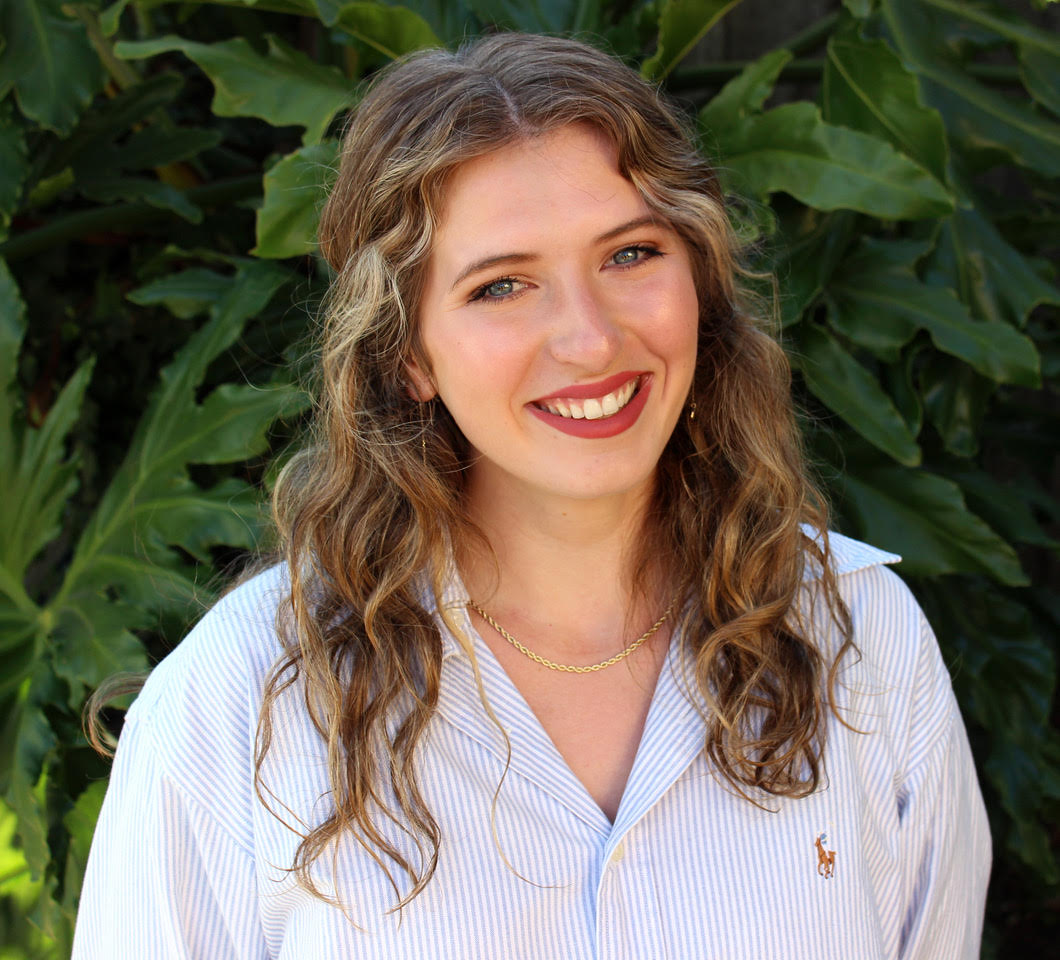
Is the Leaning Tower of Pisa really falling over?
Estimating the tower's remaining life span is impossible.

Millions of tourists flock to the Leaning Tower of Pisa every year, drawn to its gravity-defying tilt that has withstood centuries. But how much longer will this iconic Italian attraction stand? Understanding the tower's future structural integrity (or lack thereof) requires a look at its past.
Construction began on the bell tower within the Piazza del Duomo, or Cathedral Square, in 1173, marking the start of two centuries of on-and-off building interrupted by wars. Even from the first few floors, builders of the tower noticed a southward lean. The main culprit? The malleable soil underneath, softened by the area's high water table.
Instead of scrapping the attempt and starting again, the builders got creative. They built each floor at an angle to try to correct the tilt — only to have the tower lean even more. This resulted in a slight "banana shape," said Gabriele Fiorentino, a Marie Curie research fellow in the Department of Civil Engineering at the University of Bristol in the United Kingdom.
Upon its completion in around 1370, the tower tilted at 1.6 degrees. The finished structure was a hollow cylinder that rose eight stories, reaching about 196 feet (60 meters) high. Its masonry skeleton — composed of rock fragments and mortar — was coated with marble, columns and vaults.
Related: What is the oldest known archaeological site in the world?
As the tower's slant gradually grew to 5.5 degrees, the Italian government took action to protect the landmark, according to Fiorentino. In 1990, it appointed a committee of experts to mitigate the lean — but without eliminating it and its tourist attraction.
"It's one of the symbols of Italy," Fiorentino told Live Science. "There is a great debate around how much we can change about the monument. … It's part of the culture."
Sign up for the Live Science daily newsletter now
Get the world’s most fascinating discoveries delivered straight to your inbox.
The committee first affixed 600 tons (544 metric tons) of lead to the base of the tower's north side in 1993, hoping to compensate for the sinking southern side. But this didn't stop the rate of tilt, even after they added an extra 300 tons (272 metric tons) to the north side, along with ground anchors, according to Fiorentino. After more brainstorming, the committee attempted "underexcavation" — that is, using long tubes and drills to noninvasively remove the ground beneath the north side of the tower's foundation.
As soil was removed, the structure slowly started to rotate northward. These efforts decreased the tower's lean by 10%, leaving it at a 5-degree slant. "When they did it, they said they [turned] back the clock of the tower by 200 years," Fiorentino said.
This was only a temporary fix, he said, and it's impossible to estimate how much longer the tower will stand. Within the next 300 years, it could tilt back to its 5.5-degree lean from the 1990s, shifting atop the soft soil yet again. But in the meantime, the tower is safe for a few reasons, Fiorentino said.
First, the long interruptions to the tower's construction gave the structure time to settle into the malleable soil, fortifying its structure until the next bout of building. Additionally, because the tower's base is thicker than its column-coated upper half, its center of mass is lower to the ground, making it more stable. Fiorentino's own research has investigated why the tower has fared well during earthquakes despite its precarious tilt. He and his colleagues learned that it has a longer, less destructive natural vibration period — or the time it takes structures to vibrate back and forth during seismic activity — thanks to the soft soil under the tower's foundation, which offers the building protection from the region's earthquakes.
Although no physical interventions are planned, the tower is monitored constantly with instruments that measure factors such as its tilt and the water table. For now, iconic history will live on through the tower. Just like the "ancient Romans wanted to build monuments that last," like the Coliseum, so did the tower's builders, Fiorentino said. "They wanted them to be eternal."
Originally published on Live Science on July 5, 2011, and updated on April 18, 2022.

Brittney J. Miller is a contributing writer for Live Science who loves writing about the natural world around her. After majoring in biology and journalism at the University of Florida, she moved across the country to enroll in the UC Santa Cruz Science Communication Program. In pursuit of her master's degree, she's grateful to be a 2021-22 CASW Taylor/Blakeslee Fellow, ARCS Foundation Scholar and OWAA Bodie McDowall Scholar. So far, her work has appeared in the Associated Press, the U.S. News & World Report, Mongabay, Eos and Bay Nature.
Most Popular



